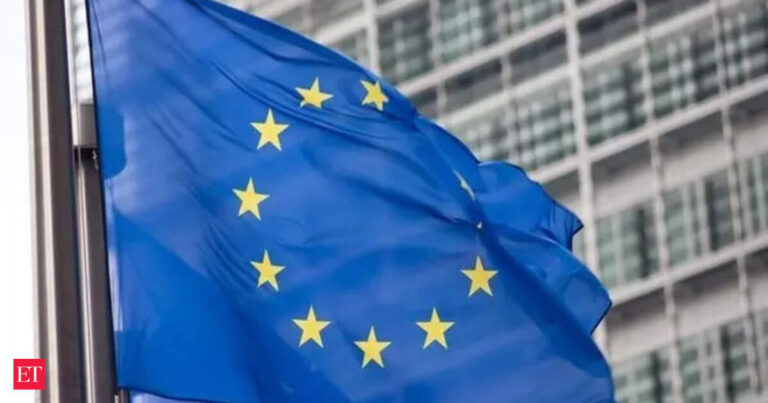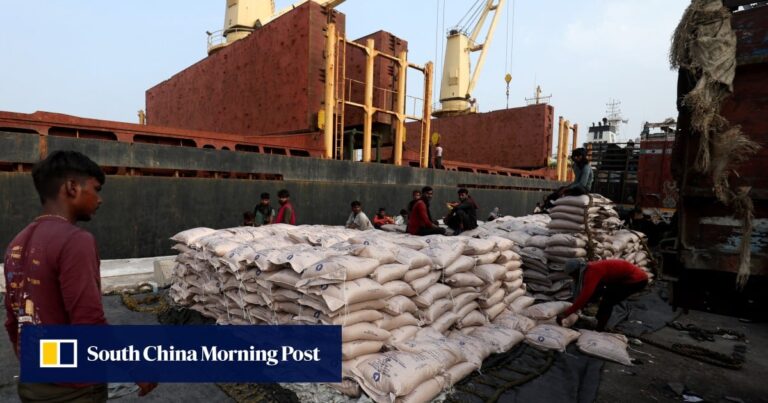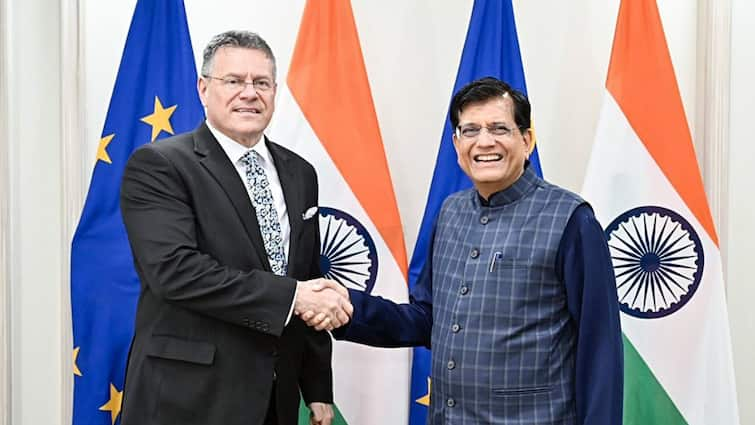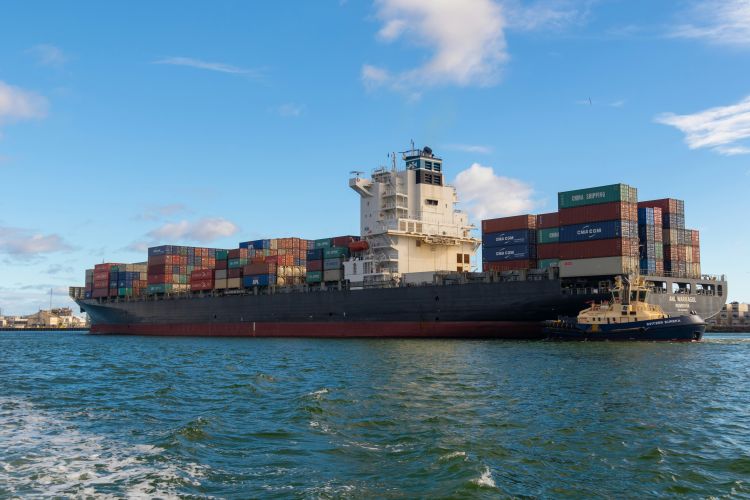

With the increase in geopolitical tensions and disturbances of the supply chain, an Indian-EU Ale could be the key to economic resilience and strategic diversification.
After almost a decade of negotiations in a standstill, India and the European Union have restarted the talks on a complete free trade agreement. The renewed discussions, which started in 2022, aim to deepen the economic ties between two of the world’s largest economies. The global economic landscape undergoing significant changes due to geopolitical tensions, disturbances of the supply chain and the thrust for diversification, the Indian-EU FTA holds an immense potential to reshape trade and investment flows. However, the path to a final agreement is responsible for challenges that require meticulous navigation.
The restart of the ALE talks is at a critical moment for India and the EU. The Covide-19 pandemic and the Russian-Ukraine conflict have exposed vulnerabilities in global supply chains, which has prompted nations to seek reliable and diverse trading partners. For the EU, India represents a strategic alternative to reduce dependence on China. Conversely, India considers the EU as a key market of its goods and services and a source of technology and advanced investment.
Read | Trump’s neanderthal realism faces his breakdown
Meaning of India-EU FTA
The EU is the third trading partner in India, representing 88 billion euros in trade in 2022, while India is the 10th EU partner (European Commission, 2023). However, this figure represents only a fraction of the potential, given the size and complementarity of the two economies. An ALE could increase bilateral trade up to 65%, according to a study by the European Parliament (2022).
The recent visit to the executive vice-president of the European Commission in India highlights the growing momentum of bilateral relations. The visit focused on the progress of commercial negotiations, strengthening cooperation in technology technology and the resilience of the supply chain and resolution of challenges such as sustainability and digital trade.
India’s commercial strategy also plays a crucial role in its renewed push for an ALE with the EU. The country has actively pursued free or preferential trade agreements to improve market access and reduce tariff barriers. India is currently engaged in ALE negotiations with the United Kingdom, the EU and Oman, while exploring a bilateral trade agreement with the United States. Imminent reciprocal reciprocal tariff measures, which should take effect on April 2, may have an impact on Indian exports in key sectors such as chemicals, cars, textiles and shoes. This global trade scenario in evolution highlights the emergency so that India obtains favorable transactions, including the India-EU FTA, to protect its economic interests and extend its global footprint.
Key negotiation areas
Access to the market for goods: Reduction of prices is a central pillar of the Ale talks. The EU is looking for better access to the India market for cars, wines, spirits and dairy products, while India aims to reduce prices on its textiles, pharmaceuticals and agricultural exports. However, sensitive sectors such as agriculture and cars remain controversial. For example, India’s high prices on European wines and minds have long been a debate point (Ministry of Commerce and Industry, 2023).
Services and digital commerce: the India and services sector in India, which contributes to more than 50% to its GDP, is a field of key interest. EU’s demand for better access to the Indian services market, associated with pressure from India, easier mobility for its qualified professionals, will be an essential element of negotiations. In addition, the rules of digital trade and the location of data should appear prominently, given the growing importance of the digital economy.
Standards of sustainability and work: The EU has underlined the inclusion of sustainability clauses, including commitments to the Paris Agreement and Labor Rights. While India has made significant progress in renewable energies and sustainability, alignment with strict EU standards could make challenges for certain industries.
Intellectual property rights: EU pressure for stronger DPI protections, especially in pharmaceutical products, could come up against the generic industry of India, which is a world leader in affordable drugs. Balancing innovation and access to essential drugs will be a delicate task.
Investment protection contract: parallel to the ALE, negotiations on an investment protection agreement (IPA) are also underway. India wishes to ensure that the IPA aligns with its revised framework on the investment treaty, focusing on sovereign political space while responding to investors’ concerns concerning dispute settlement mechanisms.
Challenges and dams
Despite optimism surrounding the talks, several challenges remain:
Protectionism and sensitive sectors: both parties have historically protected certain sectors. For example, India dairy industry, which supports millions of small farmers, is likely to resist competition from European imports.
Regulatory divergence: differences in standards and regulations, especially in agriculture and pharmaceutical products, could slow down progress.
Geopolitical considerations: EU’s close ties with Pakistan and its position on questions like cashmere could complicate negotiations, although the two parties have expressed a commitment to separate trade and politics.
Carbon border adjustment mechanism (Cbam)): The new EU carbon rate on imports can affect India carbon intensity industries, in particular steel and aluminum exports.
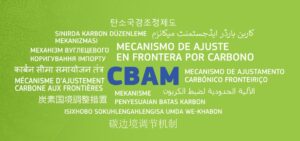
Opportunities for India
Increased access to 450 million EU consumers could stimulate India exports and create jobs. The EU is a major source of foreign direct investment (IDE) and advanced technologies, in particular in renewable energies and manufacturing.
The reduction of dependence on China and the strengthening of links with the EU align with the broader economic and geopolitical strategy of India. An ALE could also open doors to partnerships in renewable energies, electric vehicles and sustainable infrastructure development.
India-EU FTA talks should be complex and long. A pragmatic approach that balances ambition with flexibility will be essential. Confidence strengthening measures, such as early harvest agreements on less controversial issues, could help take momentum.
A solid partnership India-EU is not only an economic imperative but a strategic necessity in today’s world. The success of these talks could establish a new reference for world trade agreements in an increasingly fragmented world.

